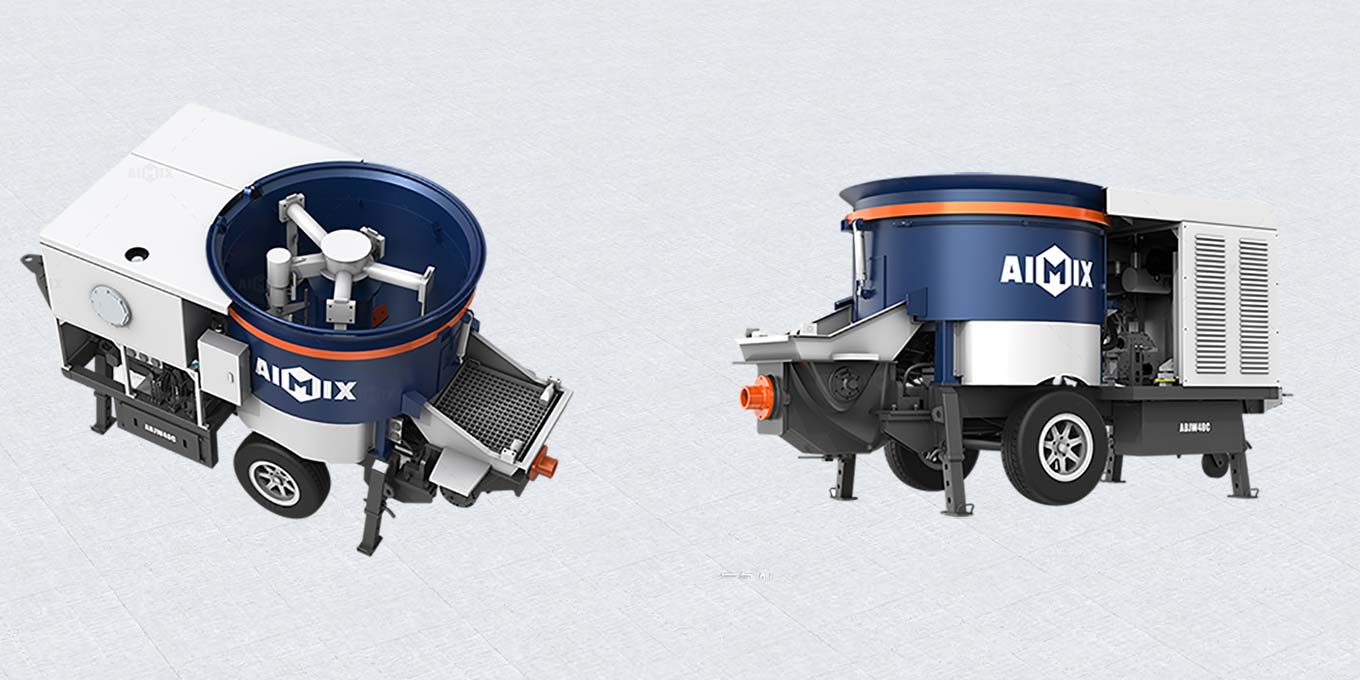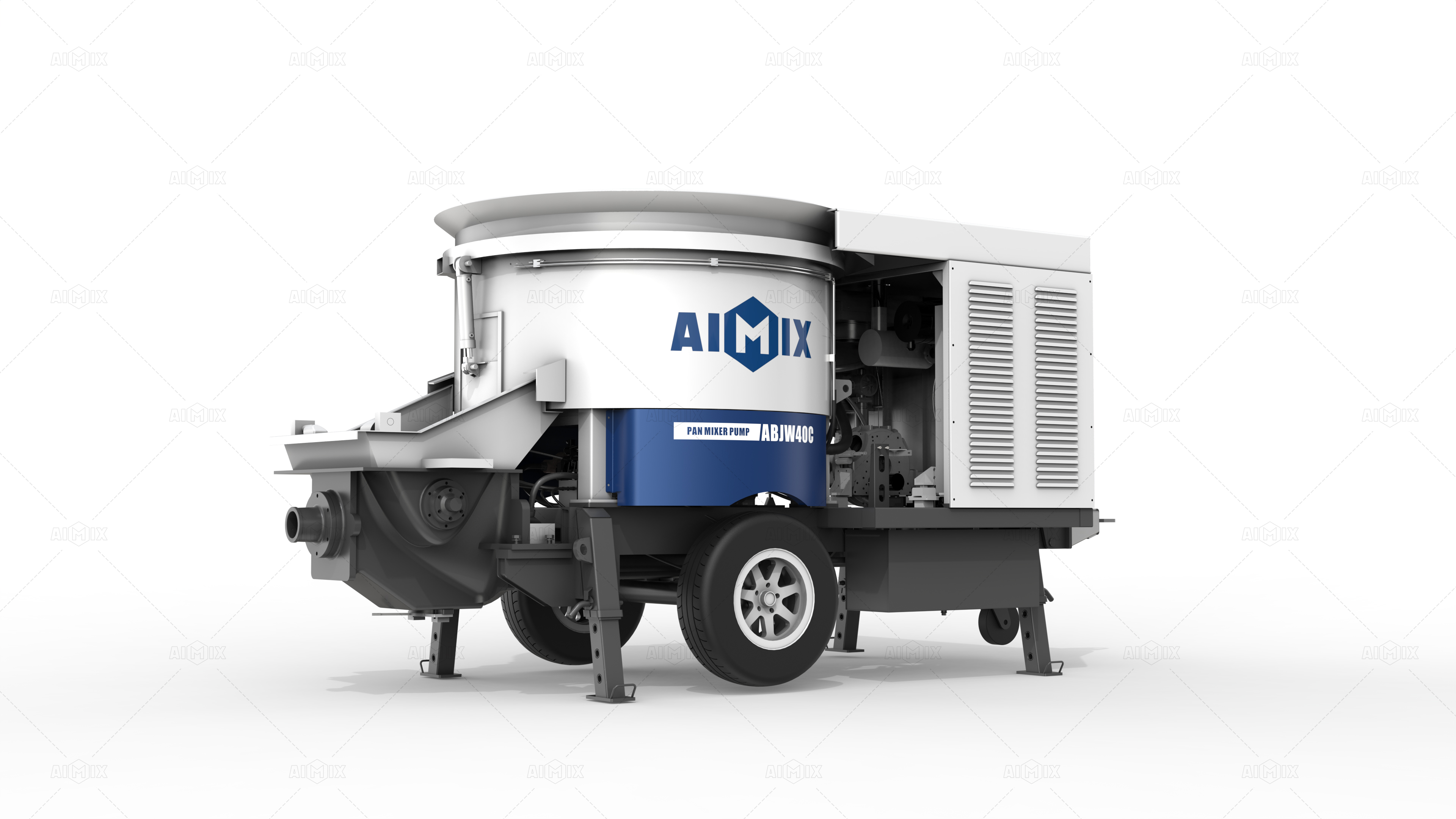Your small concrete mixer pump represents a significant investment in your construction capabilities, and like any precision equipment, its longevity depends directly on how well it’s maintained. While these machines are designed for durability, neglecting proper care can lead to premature wear, costly repairs, and unexpected downtime. The good news is that with consistent, simple maintenance practices, you can dramatically extend your equipment’s productive life while ensuring it operates at peak performance. These twelve practical tips will guide you in establishing a maintenance routine that protects your investment and keeps your projects running smoothly.
Understanding that maintenance is not just about fixing problems but preventing them is the first step toward equipment longevity. A well-maintained concrete mix pump doesn’t just last longer—it operates more efficiently, consumes less energy, and produces more consistent concrete quality. By incorporating these practices into your regular workflow, you’ll transform maintenance from a chore into a valuable investment in your equipment’s future.
Daily Care and Operational Best Practices
Begin each workday with a systematic inspection of your mixer pump before starting operations. Check for visible leaks, loose connections, and any signs of unusual wear on moving parts. Verify that all safety guards are securely in place and that the emergency stop functions properly. This five-minute pre-operation check can prevent minor issues from escalating into major repairs.

After each use, implement a thorough cleaning routine. Residual concrete is the primary enemy of mixer pumps, so ensure complete removal from the drum, blades, and pumping system. Use appropriate cleaning tools that won’t damage surfaces, and always flush the system with clean water until runoff appears clear. Proper lubrication of moving parts should follow cleaning, using only manufacturer-recommended lubricants applied in specified quantities.
Component-Specific Maintenance Strategies
The hydraulic system requires particular attention as it’s the lifeblood of your small concrete pump for sale. Regularly check hydraulic fluid levels and look for signs of contamination or degradation. Change filters at recommended intervals and monitor hoses for cracks, bulges, or abrasions that could lead to failures. Maintaining clean hydraulic fluid is perhaps the single most important factor in preserving your pump’s functionality.
The mixing drum and blades endure tremendous wear during operation. Regularly inspect blade tightness and condition, replacing worn blades before they damage the drum surface. Check drum mounting bolts for proper torque and look for any deformation in the drum structure. For pumps with rubber seals, ensure they remain pliable and properly seated to prevent material leakage and contamination.
Long-Term Preservation and Troubleshooting
Adapt your maintenance approach to seasonal changes and storage conditions. In colder climates, ensure complete water drainage to prevent freezing damage, while in hot environments, pay extra attention to cooling systems and lubricant viscosity. During extended storage, protect exposed surfaces with appropriate coatings and rotate components periodically to prevent settling and seal deformation.

Develop an ear for your equipment’s normal operational sounds, as changes often signal developing issues. Keep detailed maintenance records that include performance observations, which will help identify patterns and predict potential failures. Train all operators to recognize early warning signs like unusual vibrations, pressure fluctuations, or changes in mixing consistency, as early detection dramatically reduces repair complexity and cost.
Implementing these twelve maintenance strategies will significantly extend your mini concrete pump’s operational life while reducing overall operating costs. Remember that consistency matters more than intensity—regular, proper maintenance beats occasional overhauls. Your attention to these details will reward you with reliable performance, consistent concrete quality, and the satisfaction of knowing your equipment is prepared for whatever challenges your next project presents.

Comments
No comments yet. Be the first to react!